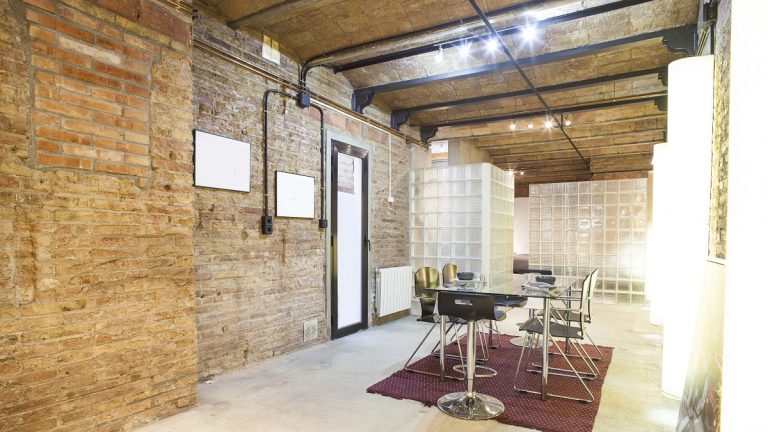Industrial design was all the rage in the last decade and it continues to be popular in 2020. The exposed beams and bricks look cool when flipping through the glossy pages of a magazine, but how does one incorporate it into an existing home without making the space cluttered? If you are considering adding an industrial touch into your home’s interior, here are some tips to keep in mind:
Metal Everywhere
The industrial style is inspired by abandoned factories from the 19th century. One defining feature from these facilities were the steel columns and beams that were left exposed because the space was purely functional and the owner saw no reason to cover them up.
Building systems, including metal pipes for plumbing, were also left exposed for the same reasons. If you want to give your home an edge associated with industrial designs, start by adding accessories and furnishings made of metal into a room. You can easily buy items that have an industrial look. You can also have metal furnishings made specifically to suit your space. Search for businesses that can create custom metal fabrication in Utah or any other state. They can create anything, from shelvings to handrails, depending on what you need and the look you are going for.
Naked Bricks
Old American factories were built using fired clay bricks that are known for their durability. Decades later, after the factories have closed, the spaces were turned into lofts that became the home of many creatives. Instead of covering up the fired clay bricks, they appreciated the walls’ rustic charm and left them unpainted.
Unfortunately, more modern buildings do not have fired clay bricks hiding behind the drywall. Luckily, the style has become so popular that you can easily find brick veneers in many interior design and home furnishing stores anywhere in the world.
Brick veneers are easy to add to an existing wall. It will give your room an industrial feel without having to tear down a portion of your home. It looks authentic, too, when done right. You do not have to install brick veneer throughout the room. If you want, you can add it into the area around your fireplace or just one accent wall to get an industrial vibe.
Concrete Floors
Concrete, like brick, was widely used in the past because of its low cost and durability. The material was utilized to create structure and flooring. However, it might not be ideal for most homes, especially in places with colder climates. Concrete absorbs heat, keeping a room’s temperature down. To incorporate the material into your home, stick with tiny details. DIY a concrete planter for your indoor plant babies.
Modern Lighting
Another important aspect of industrial design that is, perhaps, the easiest to incorporate to any space is lighting fixtures. Cast aluminum cages, steel glass shades, and many others will make any room look effortlessly chic. Today, there are many companies that specifically create light fixtures that will take you back to a bygone era.
Old Wood

Old factory floors that used wood have been weathered by time, but their damages and stains have become a valued feature rather than something to be removed and replaced. If your home does not come with wood floors, incorporate the material into a room through your furniture. Hit up your local flea market to find vintage furnishings made of wood or venture into a salvage yard for weathered wood pieces you can use as an accent. For example, old window frames can be repurposed as wall hangings. Old doors can be cut and then be used as a table.
A home with an industrial-style evokes old-world charm. Do not be afraid to experiment with old pieces.

